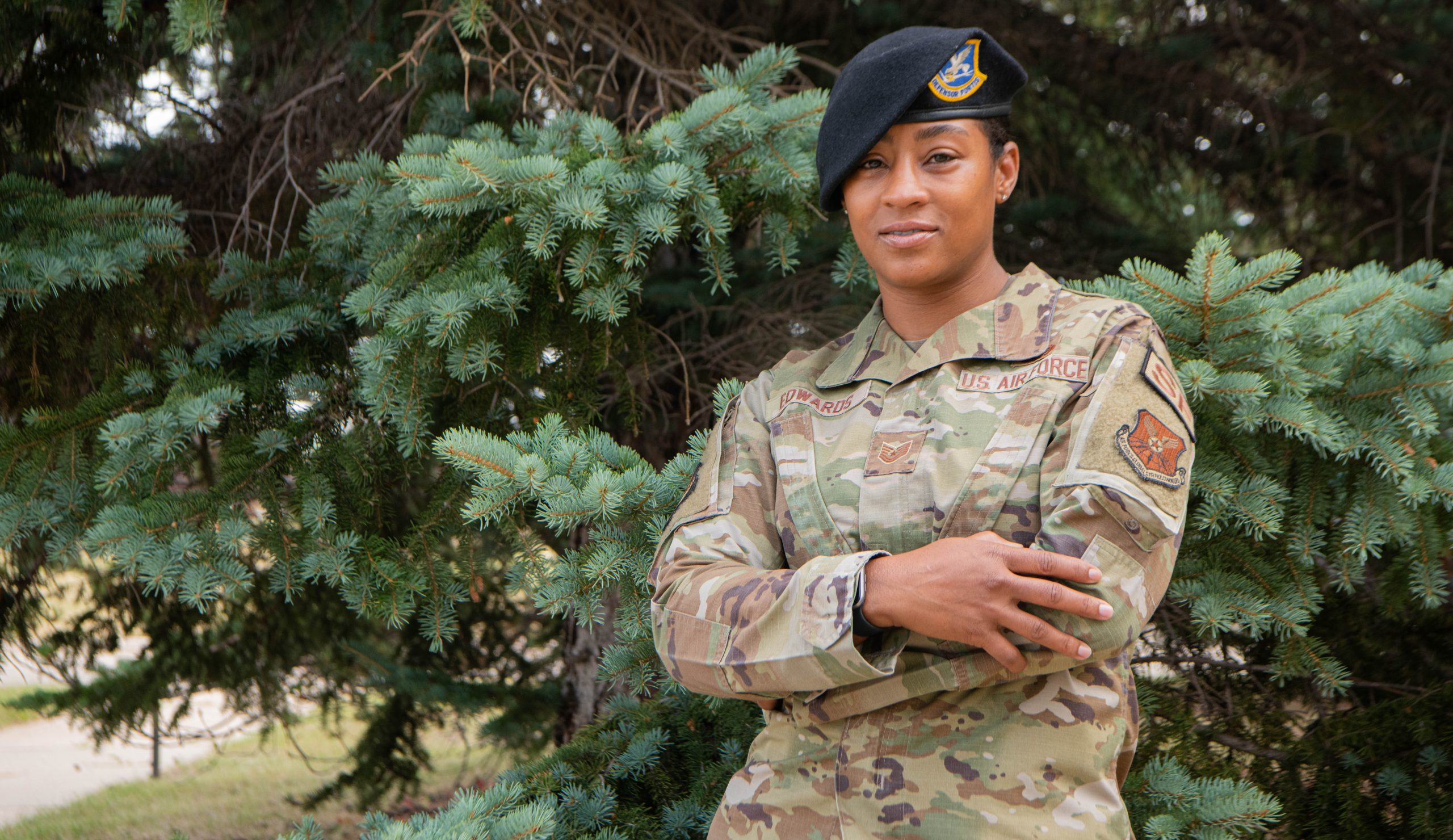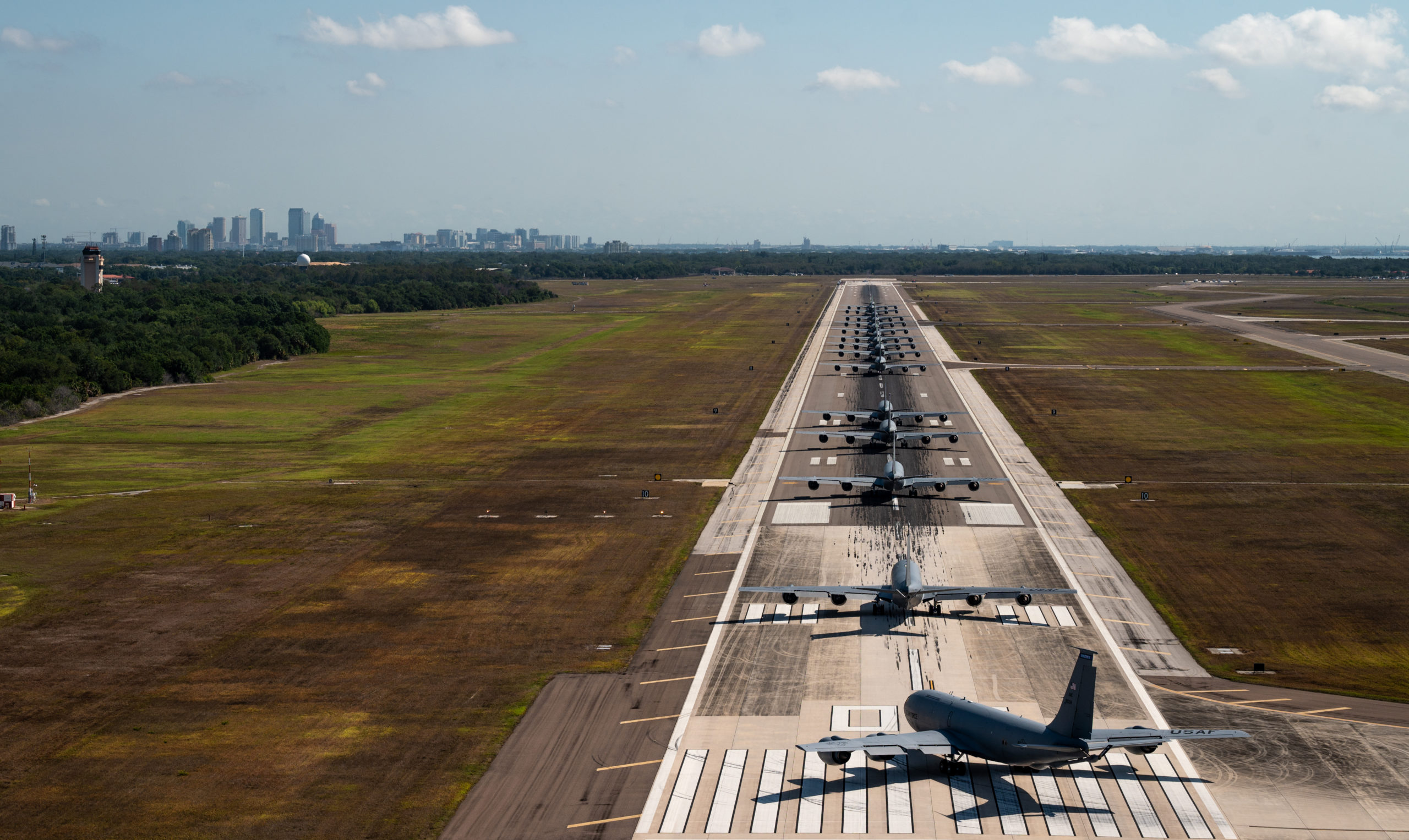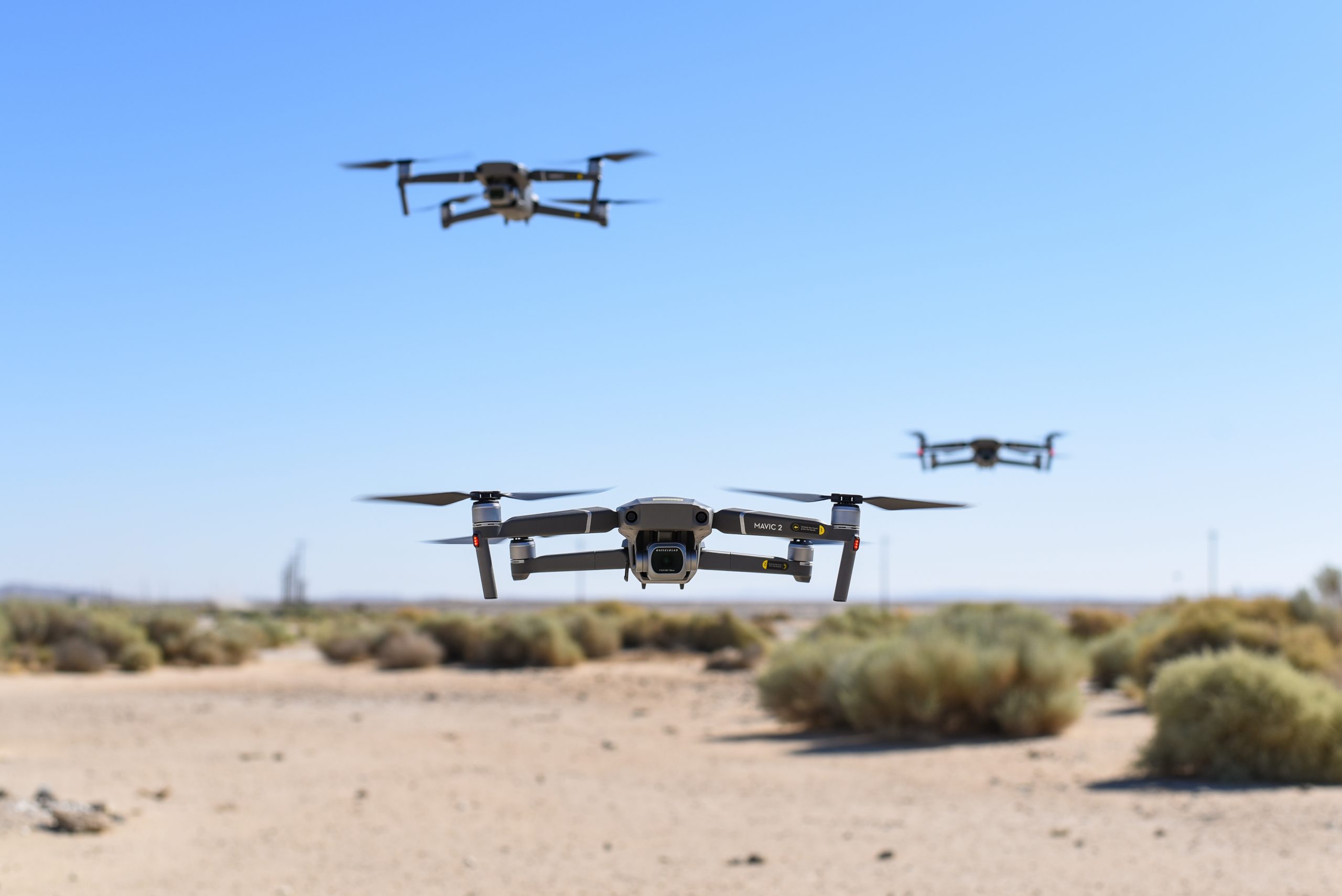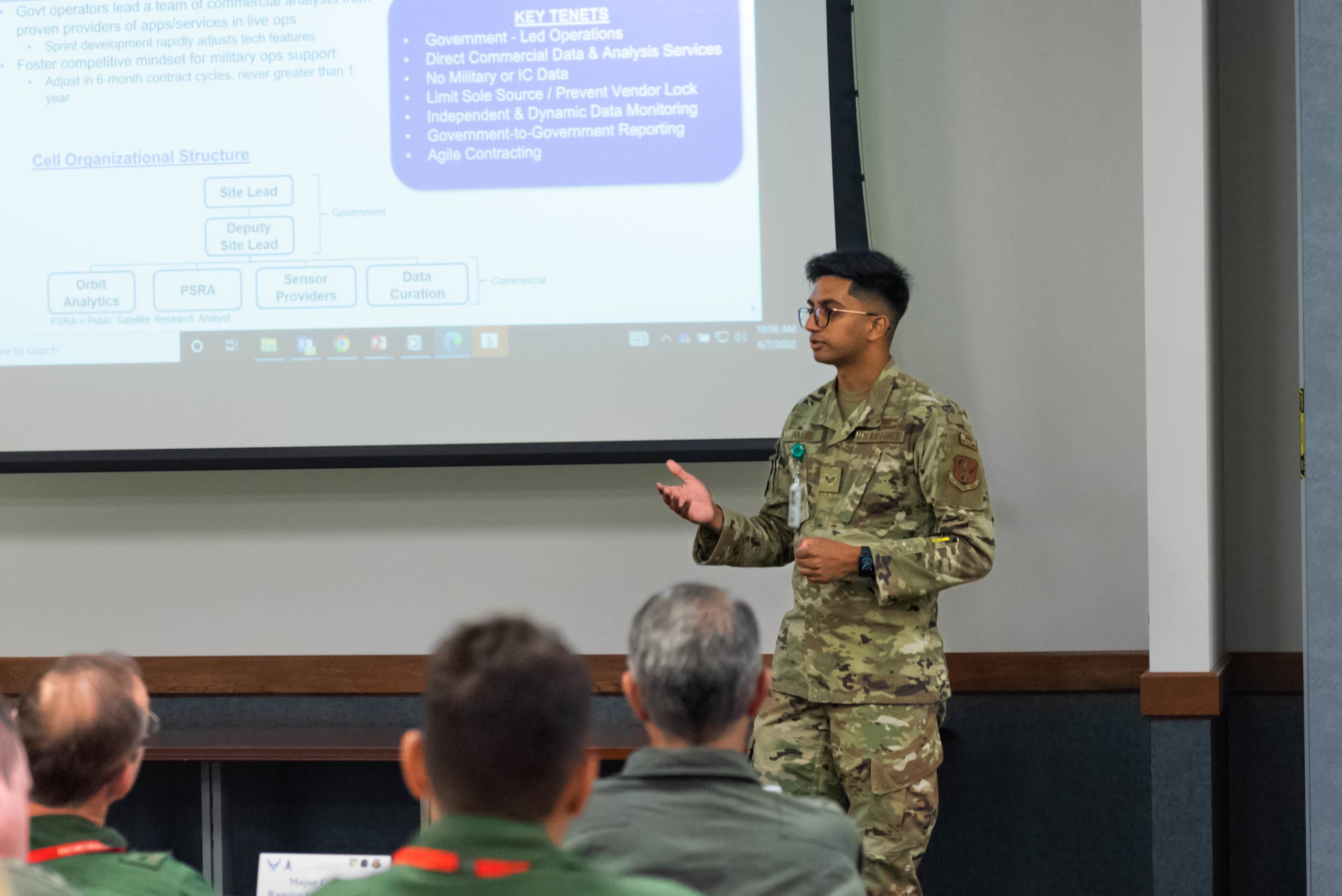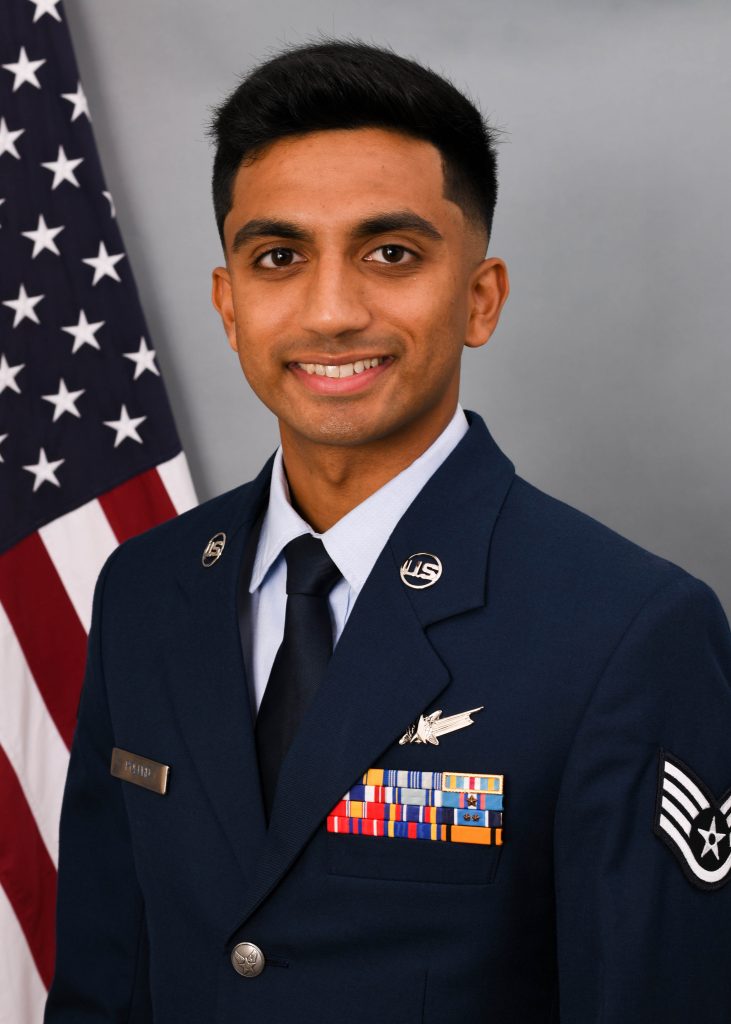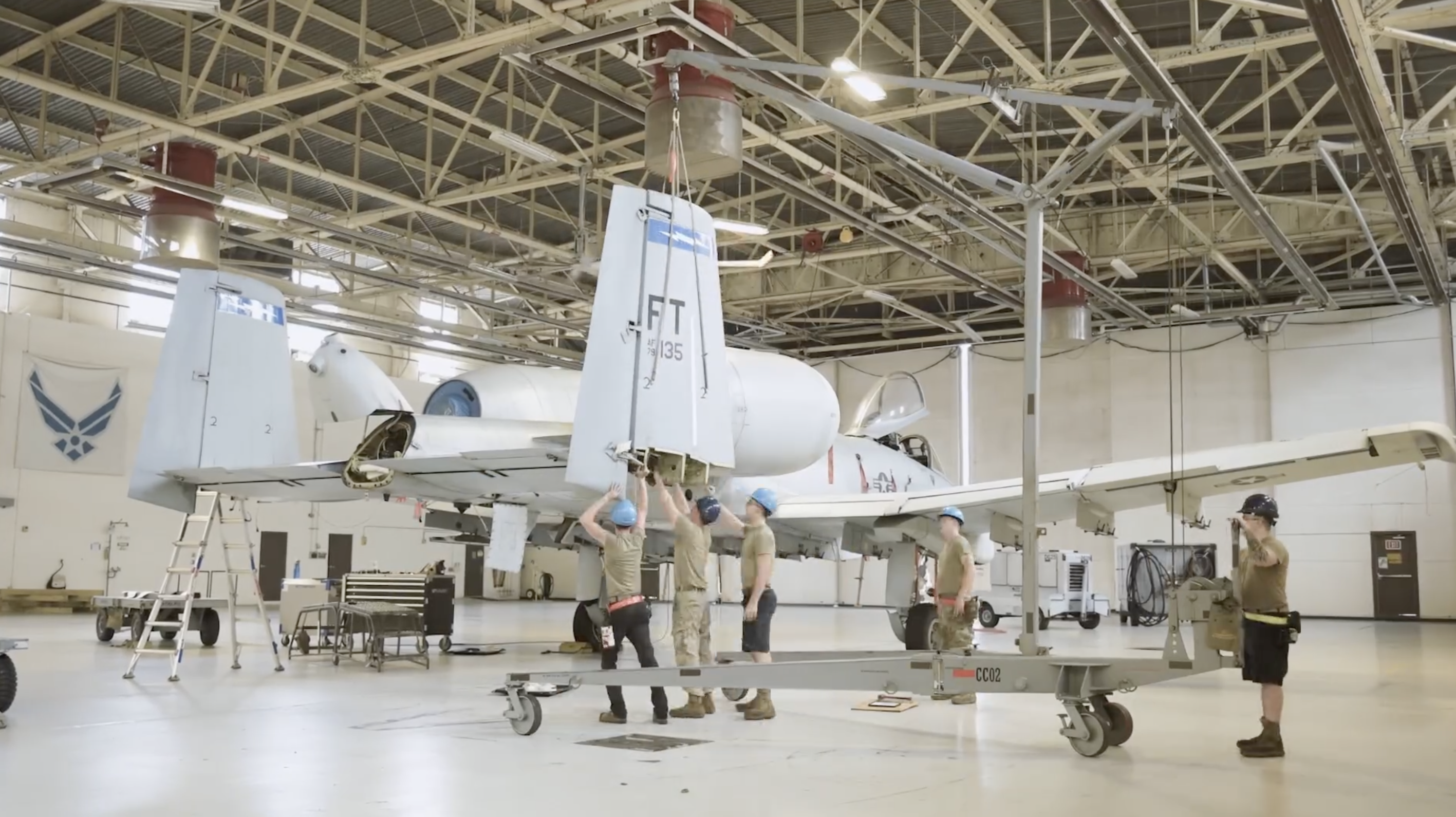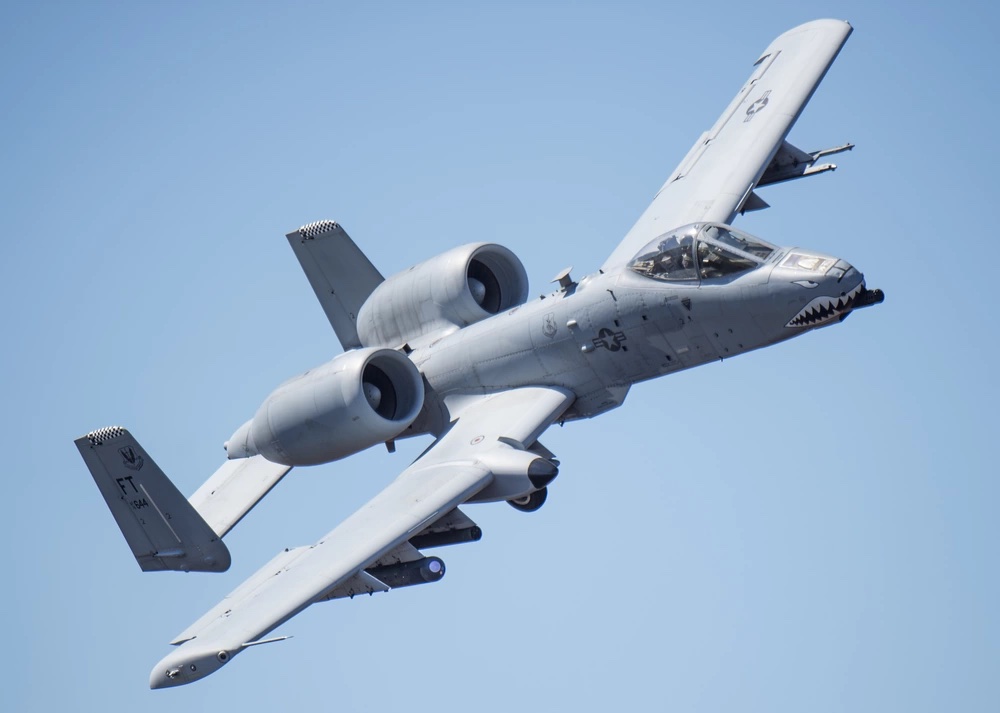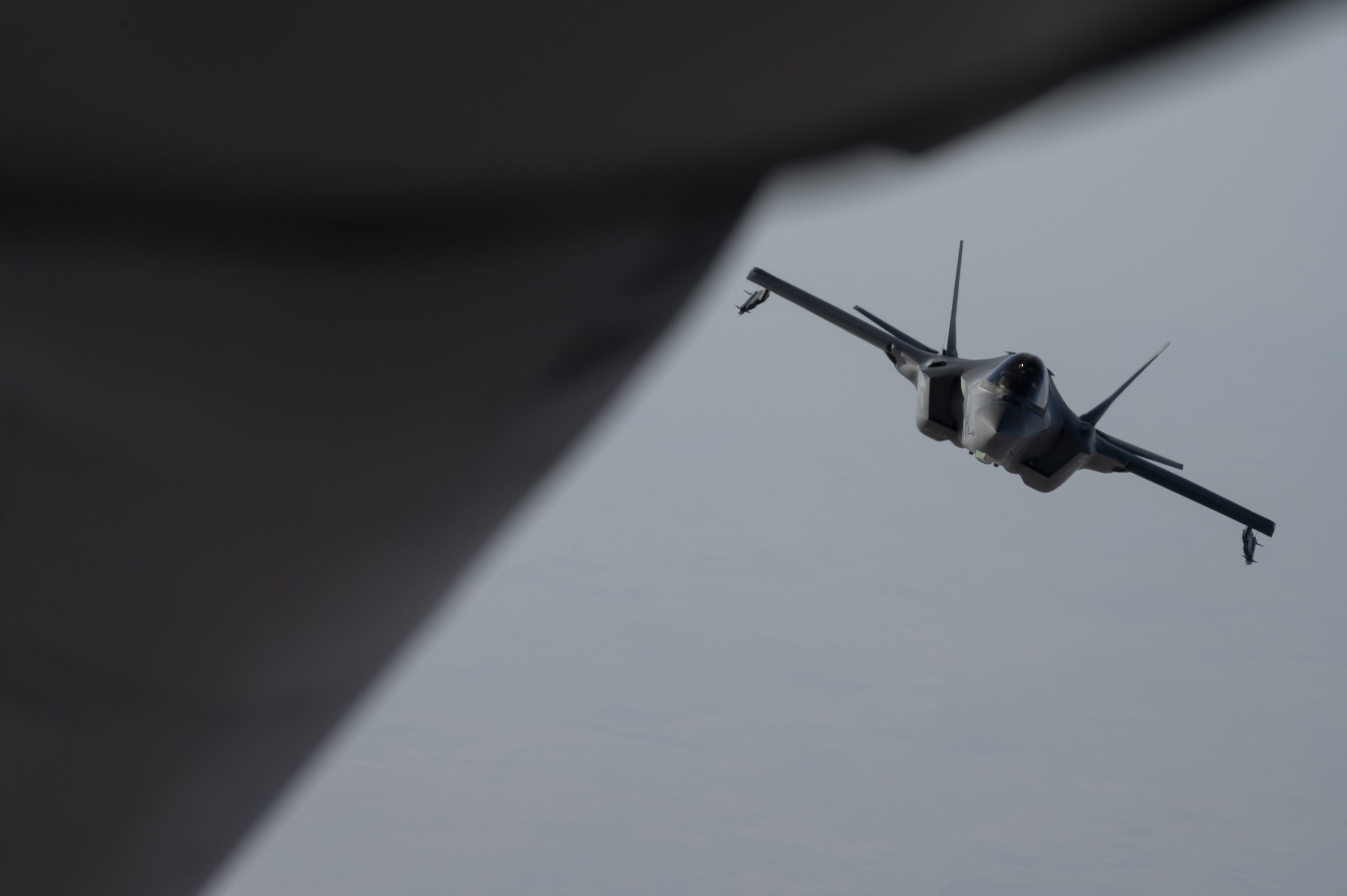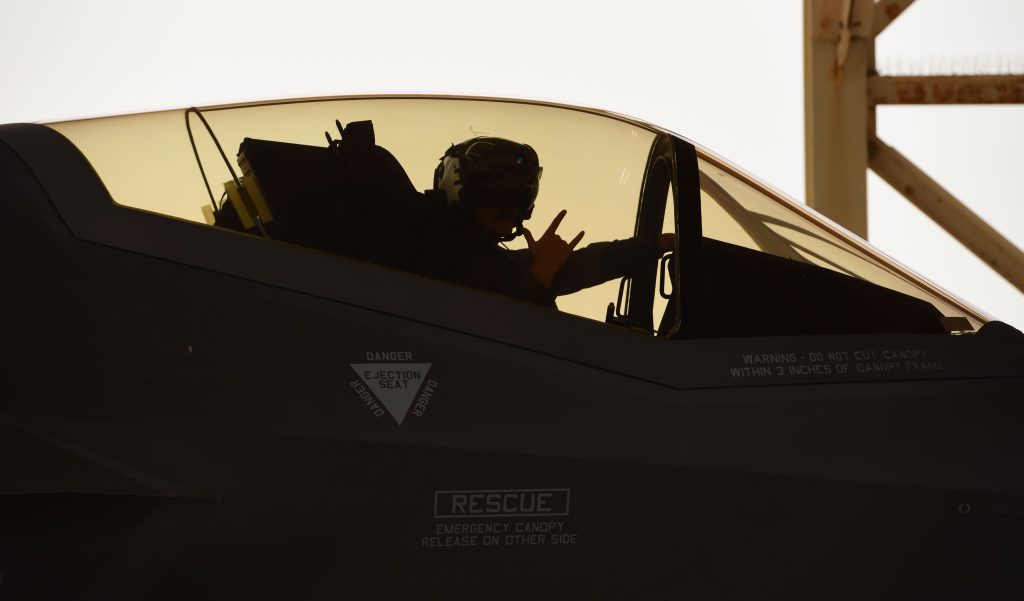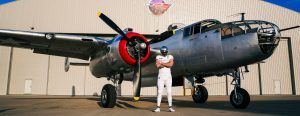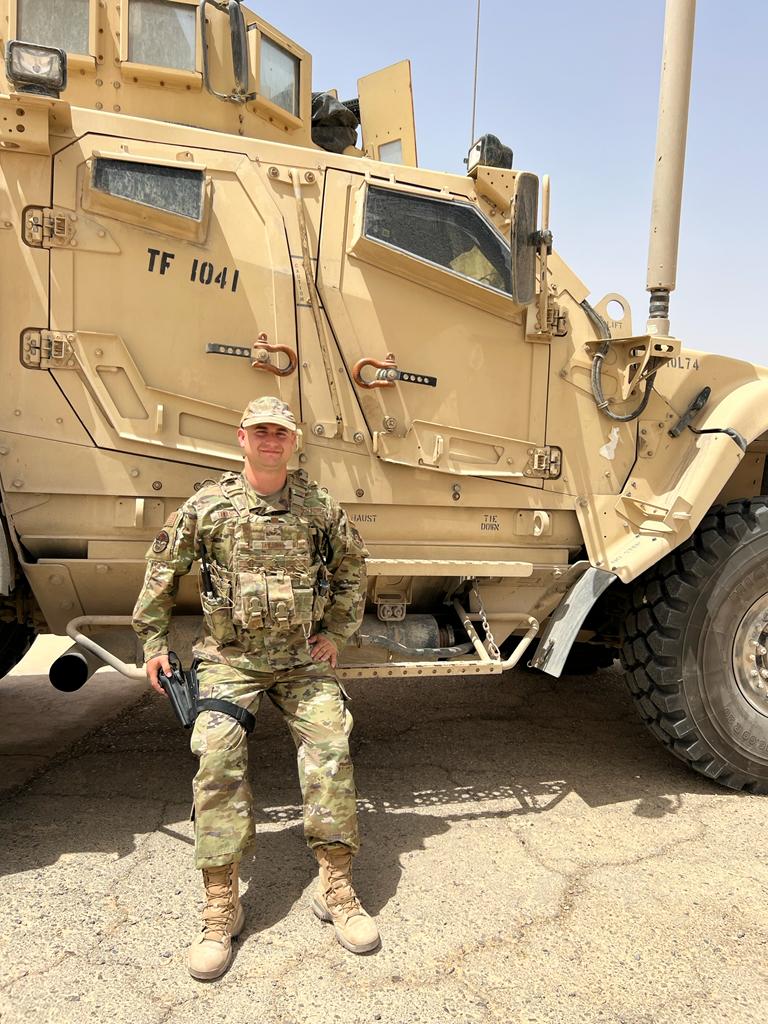The Air Force’s 12 Outstanding Airmen of the Year for 2023 will be formally recognized at AFA’s Air, Space & Cyber Conference from Sept. 11-13 in National Harbor, Md. Air & Space Forces Magazine is highlighting one each weekday from now until the conference begins. Today, we honor Tech. Sgt. Jennel Edwards, a Security Forces Evaluator with the 91st Security Forces Group at Minot Air Force Base, N.D.
Edwards conducts evaluations for security forces members across four squadrons at Minot. During her time as a Defender, she’s established herself as one of Air Force Global Strike Command’s top tactical radio experts, a reputation which led to her leading Minot’s missile field communication upgrade for the 20th Air Force, where tactical communications haven’t been updated in 60 years.
To modernize operations and keep her fellow Defenders connected in their duties, Edwards built a contingency plan that introduced beyond-line-of-sight capabilities to the Force. The vision has evolved into a $1.9 million upgrade, which is enabling unbroken ground-to-ground and air-to-ground communications between all Defenders.
“There’s over 20 dead spots within our missile complex,” Edwards said. “We have to have beyond-line-of-sight capability so that we can have our forces covered even when they’re in those dark spots.”
Although she’s knee-deep in after-action reports from kickoff, Edwards said she’s proud of the progress and excited for the operational modernization to continue at Minot.
“I love the enterprise,” she said. “I feel like we just passed the start mark, and I just want to get enough buy-in from Defenders, those end-users, so that when I PCS, this task doesn’t die off, because it’s not an easy one.”
Edwards also serves on the Security Forces Subject Matter Expert Exchange Team, a training program derived from Pacific Defender, which gave her the opportunity to travel to the Philippines and share her security expertise with the Philippine Air Force; she trained them on everything from searching and handcuffing to nighttime shooting. Any spare time she had overseas she spent volunteering at an orphanage.
All the while, Edwards was studying for a master’s degree in social work, which she recently completed in August. With her new degree, she’s considering applying for the Biomedical Sciences Corps commissioning program to become a social worker for the Air Force.
“[I’m either] going into the medical career field or staying security forces and just driving this train, making it better, a day at a time,” she said.
Amidst all of her multitasking at the Air Force and in her studies, Edwards is also busy at home as a single mother. She said one of the reasons she is so motivated to work hard and stay moving is to be a model of dedication for her eight-year-old daughter.
“There’s not a lot of people in my family that have college degrees, let alone a master’s degree,” she said. “[I want to show] her something different, you know? Show her there’s no limitations.”
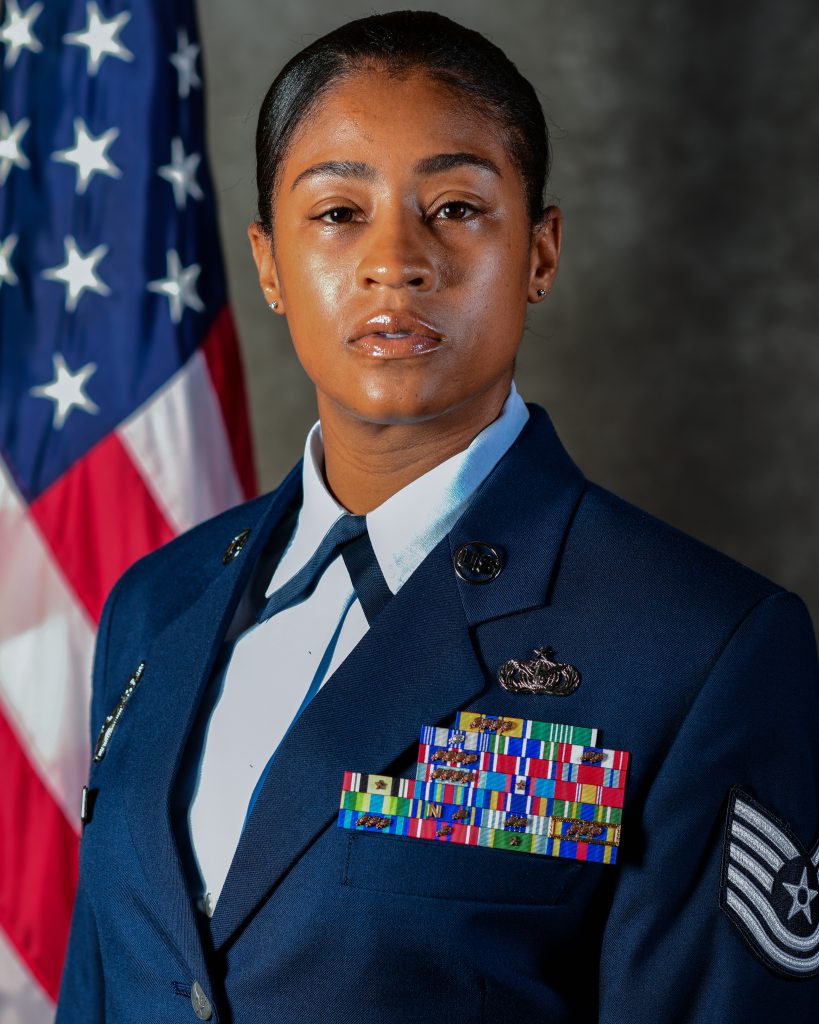
She named a few other keys to her success as an Outstanding Airman: “First and foremost, God, because no matter what I do, he’s the force driving me,” she said. She also credits her older sister and her brother-in-law, both master sergeants in the Air Force, who shaped her into the Defender and leader she is today.
“And my troops,” she said. “They just follow me. That inspires me to be better, if not for myself or my daughter, for them. If they’re gonna follow me blindly, I’m gonna make sure I’m leading properly.”
“I still can’t believe that it’s my name that’s on that list of 12 [Outstanding Airmen of the Year],” Edwards added. “I’m just doing my thing. I’m really just doing things that I love to do.”
Meet the other Outstanding Airmen of the Year for 2023 below:
